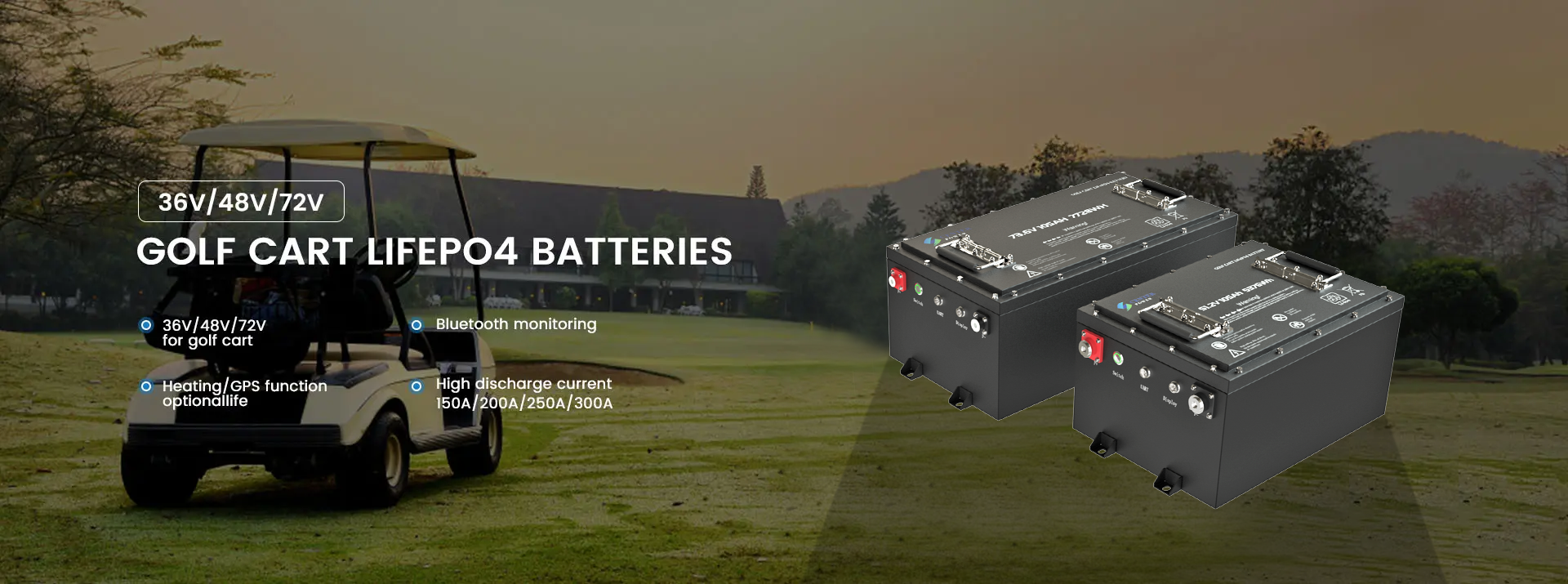Checking a marine battery involves assessing its overall condition, charge level, and performance. Here’s a step-by-step guide:
1. Inspect the Battery Visually
- Check for Damage: Look for cracks, leaks, or bulges on the battery casing.
- Corrosion: Examine the terminals for corrosion. If present, clean it with a baking soda-water paste and a wire brush.
- Connections: Ensure the battery terminals are tightly connected to the cables.
2. Check the Battery Voltage
You can measure the battery's voltage with a multimeter:
- Set the Multimeter: Adjust it to DC voltage.
- Connect Probes: Attach the red probe to the positive terminal and the black probe to the negative terminal.
- Read the Voltage:
- 12V Marine Battery:
- Fully charged: 12.6–12.8V.
- Partially charged: 12.1–12.5V.
- Discharged: Below 12.0V.
- 24V Marine Battery:
- Fully charged: 25.2–25.6V.
- Partially charged: 24.2–25.1V.
- Discharged: Below 24.0V.
- 12V Marine Battery:
3. Perform a Load Test
A load test ensures the battery can handle typical demands:
- Fully charge the battery.
- Use a load tester and apply a load (usually 50% of the battery’s rated capacity) for 10–15 seconds.
- Monitor the voltage:
- If it stays above 10.5V (for a 12V battery), the battery is likely in good condition.
- If it drops significantly, the battery may need replacement.
4. Specific Gravity Test (For Flooded Lead-Acid Batteries)
This test measures electrolyte strength:
- Open the battery caps carefully.
- Use a hydrometer to draw electrolyte from each cell.
- Compare the specific gravity readings (fully charged: 1.265–1.275). Significant variations indicate internal issues.
5. Monitor for Performance Issues
- Charge Retention: After charging, let the battery sit for 12–24 hours, then check the voltage. A drop below the ideal range may indicate sulfation.
- Run Time: Observe how long the battery lasts during use. A reduced runtime may signal aging or damage.
6. Professional Testing
If unsure about the results, take the battery to a professional marine service center for advanced diagnostics.
Maintenance Tips
- Regularly charge the battery, especially during off-seasons.
- Store the battery in a cool, dry place when not in use.
- Use a trickle charger to maintain charge during long storage periods.
By following these steps, you can ensure your marine battery is ready for reliable performance on the water!

Post time: Nov-27-2024





